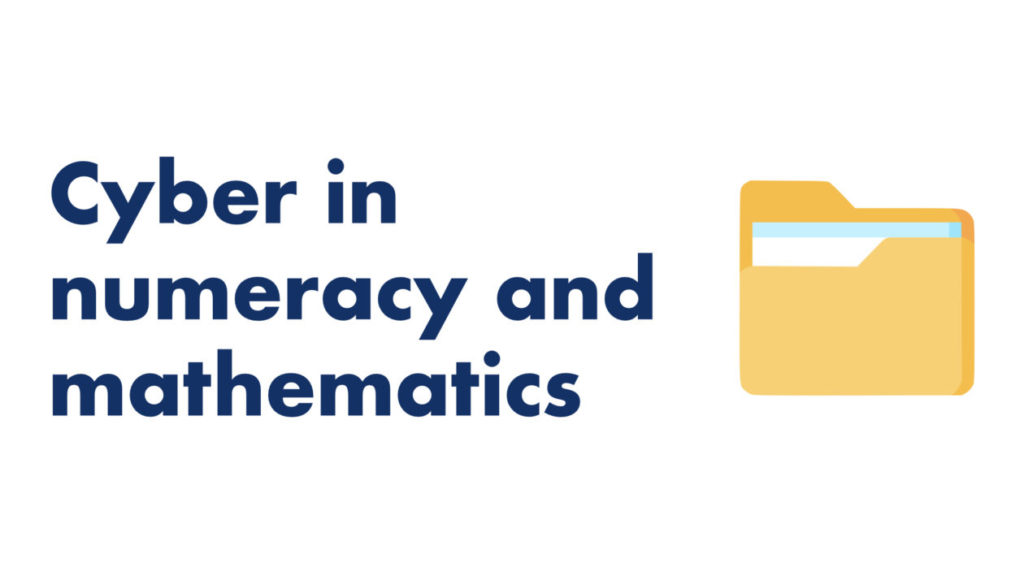Cryptography
Cryptography is the study of constructing and analysing protocols that prevent third parties or the public from reading private messages. Encryption is used to secure our digital devices and services – whether that’s passwords, emails or social media – it takes information or data and disguises (encrypts) it, so that only the person who is supposed to access it can (be decrypting).
This wakelet contains links to cryptography resources that may be engaging for learners in numeracy and mathematics, computing science or social studies contexts – for example, Alan Turing and the mathematicians at Bletchley Park who decrypted hidden messages during WWII.
There are lots of other examples of encryption and cyphers throughout history – do you know of any?








You must be logged in to post a comment.